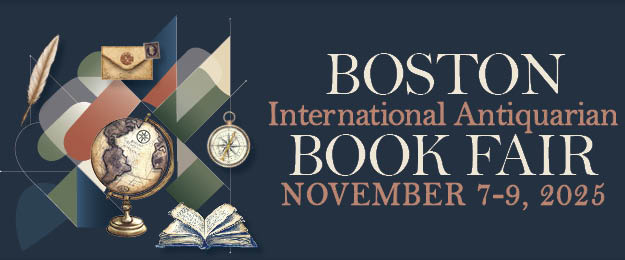Film Commentary: More Memorable Movies Turning 50
Compiled by Bill Marx
Critic Ed Symkus opened the door when he sent in a piece that praised films from “three bona fide innovators, three singular directorial voices” released in 1972: Ken Russell’s Savage Messiah, Bob Rafelson’s The King of Marvin Gardens, and Brian De Palma’s Get to Know Your Rabbit. Other Fuse critics contacted me, wanting to sound off on their favorites from that year. They clamored to have their say, so what is an intimidated editor to do? So three more homages to films from 1972 arrived: Marjoe, Pink Flamingos, and Silent Running. Well, the clamor to do justice to the year did not cease, so here are salutes to four additional films, The Getaway, Last House on the Left, The Discreet Charm of the Bourgeoisie, and What’s Up Doc?.
— Bill Marx
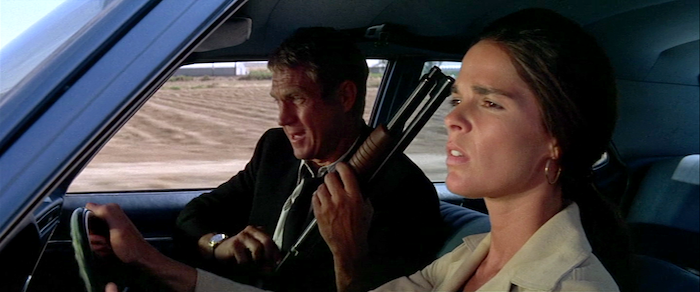
A scene from The Getaway.
The Getaway
What makes me re-watch The Getaway every few years? Is it director Sam Peckinpah’s best film? Hardly. That honor still goes to The Wild Bunch (1969). Is it the source material, Jim Thompson’s 1958 novel of the same name? Nope. His The Killer Inside Me and The Grifters are worthier books. How about the acting prowess of its star, Steve McQueen? Not really. His protagonist, Doc McCoy, spends most of his screentime reacting to people and situations around him, and does most of that with very few words. He was far better in The Great Escape and Papillon and, it could be argued, The Blob.
Yet I keep returning to the film. The promising plotline presents a career criminal who’s forced into robbing a bank right after serving jail time for robbing banks, then having to deal with everything that goes wrong during and after the heist. But Peckinpah’s telling of the story – in an adaptation by Walter Hill, whose only previous script was Hickey & Boggs – has so much working against it.
Though the acting is almost all spot on, there are casting distractions. Sally Struthers, already well established as the endearing Gloria on All in the Family, plays a heartless and spiteful woman who demeans her husband. She’s too against type. And Jack Dodson, who had recently completed his run as meek county clerk Howard Sprague on The Andy Griffith Show, plays her intimidated veterinarian husband. He’s too familiar. Falling into the realm of bad acting is Ali MacGraw as McCoy’s wife Carol, turning in a flat performance that’s teeming with an array of pouts but lacking any conviction. On top of that, there’s an intrusive Quincy Jones score that ranges from blaring horns to schmaltzy harmonica solos by Toots Thielmans.
So, again, what keeps drawing me back to this movie? There’s character actor Al Lettieri, seen earlier that year as the intimidating Virgil Sollozzo in The Godfather. In The Getaway’s best performance, his bank robber thug Rudy, initially exuding an air of menace, eventually becomes terrifying. Relegated to cameo status near the end, Slim Pickens, as a helpful – and sly – truck driver (who was invented for the film), steals a couple of rare lighthearted scenes. Whether or not McQueen can be considered a good actor, he is a constant center of attention due to his slowly burning presence, its accompanying unpredictability and, of course, those piercing blue eyes that seem to be lit from within.
Peckinpah mucks up the bank robbery with clunky editing, but delivers some masterful suspense in a train station and on a train, as well as at a hotel (another component not in the book) where he lets loose with some trademark slo-mo violence. Surprisingly, he and Hill have made the film much less bleak than the book, which features an incredibly dark ending. But they’ve stayed true to Thompson’s ambiance, imbuing the film with an atmosphere of nerve-racking seediness, constant betrayal, and a lot of energy. The Getaway is film marred by problems, but it remains gripping.
— Ed Symkus is a Boston native and Emerson College graduate. He went to Woodstock, is a fan of Harry Crews, Sax Rohmer, and John Wyndham, and has visited the Outer Hebrides, the Lofoten Islands, Anglesey, Mykonos, the Azores, Catalina, Kangaroo Island, and the Isle of Capri with his wife Lisa.
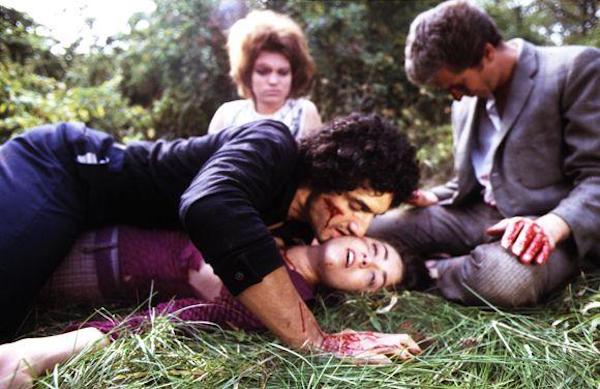
A scene from Last House on the Left.
Last House on the Left
A number of years ago, the Harvard Film Archive hosted an author who’d written a book on Wes Craven’s infamous horror film Last House on the Left. I interviewed David Szulkin about his book, Last House on the Left: The Making of a Cult Classic, for the Boston Phoenix (the book is out of print and the Phoenix is no more, so this is getting more cult like by the second) and learned some fascinating trivia. For example, Craven was horrified that critics so misunderstood his film, which he’d based loosely on Bergman’s The Virgin Spring. Craven hated that people called his film exploitative and gratuitously violent (which he seemed to think was the point), and, in a fit of pique, gave all his outtakes to Szulkin. Some of these outtakes, including very graphic depictions of disemboweling, have mysteriously turned up in other horror films.
The story of Last House on the Left is simple: two teenage girls hitchhiking their way to a concert are kidnapped, raped, tortured, and eventually murdered by three psychopaths, somehow ending up only a few yards from one girl’s suburban home. This irony, and the basis for the title, delivers a chilling impact that one sees reflected in later horror films set in suburbia such as Halloween and Nightmare on Elm Street. Craven seemed determined to make the most shocking horror film ever seen, and many would argue he succeeded. There are increasingly disturbing acts of violence, including one with a chainsaw that absolutely pre-dates that 1974 movie named after the chainsaw. The film is shot in an odd style, part dreamy ’70s art-film, part documentary style, part black comedy. The performances are brave and hauntingly authentic. The film is flawed, but it’s very clear Craven’s vision was daring, unforgiving, and groundbreaking.
— Peg Aloi is a former film critic for the Boston Phoenix and member of the Boston Society of Film Critics. She taught film studies in Boston for over a decade. She’s written on film, TV, and culture for web publications like Time, Vice, Polygon, Bustle, Mic, Orlando Weekly, RadioTimes, and Bloody Disgusting. Her blog “The Witching Hour” can be found on Substack.
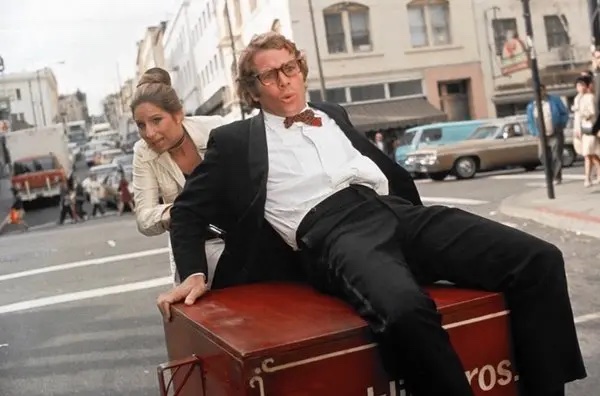
A scene from What’s Up Doc?
What’s Up Doc?
In 1972, director Peter Bogdanovich’s What’s Up Doc? was seen as both a commercial and critical success. Yet considering that the antic, good-natured comedy was the follow-up to The Last Picture Show — one of the towering dramatic achievements in Hollywood history — Doc was assumed to be merely a daffy change of pace for the young genius director. It was looked upon as an indication that Bogdanovich, a film scholar before he ever looked into the lens of a movie-camera, was patterning his career after such masters of cinematic heterogeneity as Howard Hawks and George Stevens. But Boganovich’s future had other ideas in mind. He never came close to a drama as transcendent as Picture Show again. What’s Up Doc? and it’s comic successor — the far more remarkable Paper Moon — concluded Bogdanovich’s golden age: a prime of just three years.
Seen 50 years later, on its own terms, What’s Up, Doc? holds up well: a helium-inflated spree of a comedy that not only honors the glories of Hawks’ Bringing Up Baby, but also sends up the spirit of stoned-out ’70s California. It’s not easy to do wacky well. Yet much as Richard Lester reinvented Marx Brother mayhem in A Hard Days Night, Bogdanovich tosses old-fashioned screwball glee into modern-day San Francisco.
Barbra Streisand charms. Her character doesn’t really make any sense, but she finesses the funny anyway. She’s over-the-top, but never pushes too hard: somehow catching hold of an artful buoyancy. Ryan O’Neal is a perfect foil, playing a mild-mannered professor with an innocence both outsized and engaging. In a splendid screen debut, Madeline Kahn is O’Neil’s bossy fiancée, so sane she’s nuts.
The hilly streets of San Francisco have never been used to such comic effect: a slapstick Bullitt. A delicious cast of character actors — including Austin Pendleton, Randy Quaid, Mabel Albertson, M. Emmet Walsh, Liam Dunn, and especially madman conniver Kenneth Mars — spark the convoluted, harum-scarum shenanigans. The film’s writers are also stars: Buck Henry, David Newman, and Robert Benton. And speaking of writers, keep a look out for Philip Roth. And “that’s all, folks.”
– For 30 years, Daniel Gewertz wrote about music, theater and movies for the Boston Herald, among other periodicals. More recently, he’s published personal essays, taught memoir writing, and participated in the local storytelling scene. In the 1970s, at Boston University, he was best known for his Elvis Presley imitation.
The Discreet Charm of the Bourgeoisie
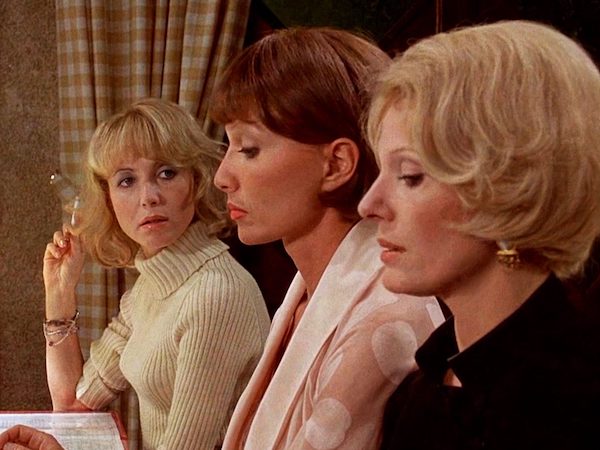
A scene from The Discreet Charm of the Bourgeoisie.
In 1972, Spanish director Luis Buñuel (1900-1983) leaned into his surrealist roots, and art-house audiences responded with approval. His French-language The Discreet Charm of the Bourgeoisie was boffo at the box office and went on to win the Oscar for Best Foreign Language Film.
The anarchist filmmaker’s 1928 Un chien andalou (co-directed with Salvador Dalí) and 1930 L’age d’or were anti- any power structure there was, be it civil, religious, artistic or familial. The final stage of Buñuel’s career (exiled after the fascists came to power in Spain, he had a prolific mid-career in Mexico) found him in France collaborating with producer Serge Silberman and screenwriter Jean-Claude Carrière on a series of films that were playful in tone.
Discreet Charm coats fierce criticism of Europe’s elites in dark humor and an elegant, unruffled aesthetic. The movie’s one-sentence summary is that six well-bred, upper-middle-class people attempt to enjoy a meal together, but the meals are either aborted or interrupted after just a few nibbles. The group is made up of two couples (Stéphane Audran & Jean-Pierre Cassel, Delphine Seyrig & Paul Frankeur), the sister of one of the wives (Bulle Ogier), and the ambassador from a fictional Latin American nation (Fernando Rey). The husbands’ professions are never mentioned—although we do find out that they and the ambassador have a drug-smuggling operation that depends on the latter’s diplomatic pouch. The women are fashionable ladies-who-lunch (or don’t, in this case).
The ruptures of social ritual run from the farcical, as one host couple’s horniness prompts them to climb out their window and have at it behind the bushes as their guests are sipping aperitifs, to the gruesome, as they learn that the reason why they’re the only diners at an inn is that the just-deceased owner is laid out in the next room. Some incidents are revealed to be dreams—a curtain opens as they prepare to eat and they’re on stage in front of an audience—and there’s a dream within a dream.
Interspersed between meal-attempts are shots of the six, all dressed up, walking down a highway in the hot sun. Even as prolific an interpreter as critic Robin Wood called this motif “unresolvably enigmatic.”
Whereas we learn less about the protagonists’ backstories than about their tastes in caviar, peripheral characters (including a Catholic bishop) give the film an undertow of horror with tales of their traumas. These tap into the Freudian theories on dreams and the subconscious mind so important to the surrealists. Patricide and desire for mother-love crop up; potent symbols include a grand piano turned into a torture device that police use on a young man they suspect is a radical (cockroaches crawl out of it).
These woes don’t elicit more than superficial compassion on the part of our protagonists. But there is a tone of under-the-skin anxiety. During an era in which revolutionary factions wreaked havoc, this class’s power was in danger of being snatched.
The American audiences who delighted in the group’s humiliation—did they feel that anxiety themselves? Perhaps. But for others, it may have been less identification than aspiration—a fetish for luxury that, in the ‘80s, would find its home in Lifestyles of the Rich and Famous.
— Betsy Sherman has written about movies, old and new, for the Boston Globe, Boston Phoenix, and Improper Bostonian, among others. She holds a degree in archives management from Simmons Graduate School of Library and Information Science. When she grows up, she wants to be Barbara Stanwyck.
Tagged: Last House on the Left, The Discreet Charm of the Bourgeoisie, The Getaway

